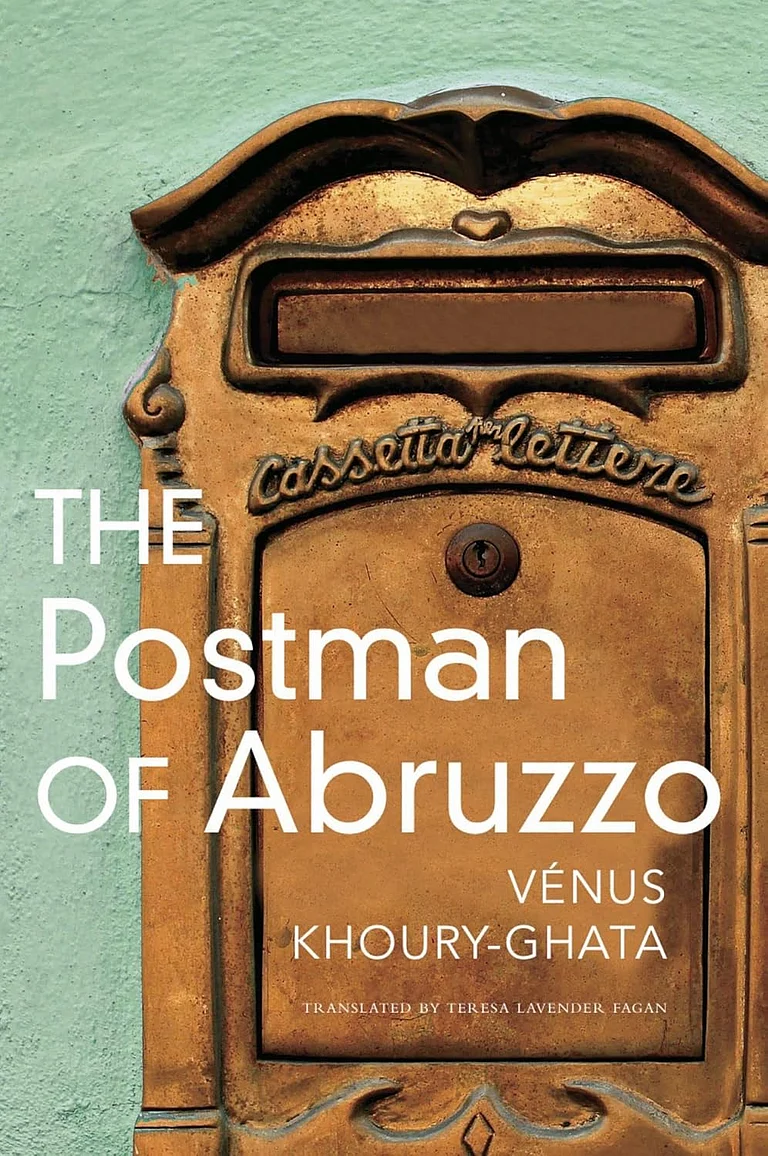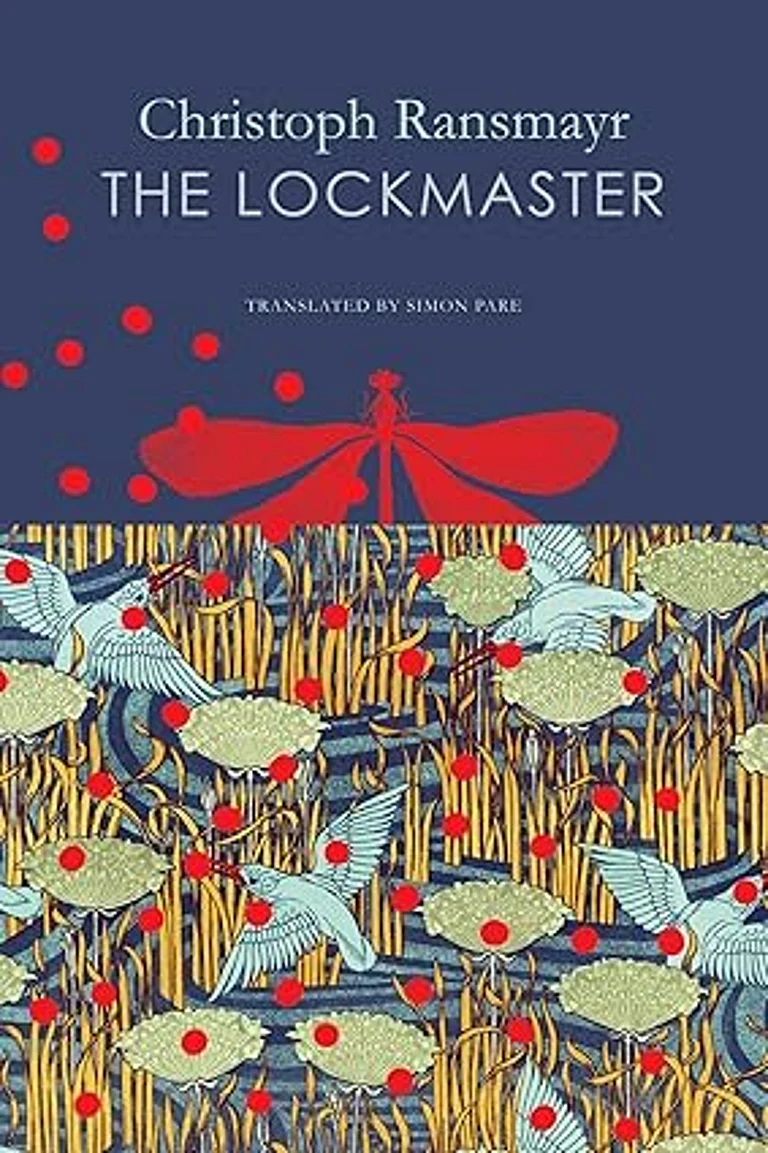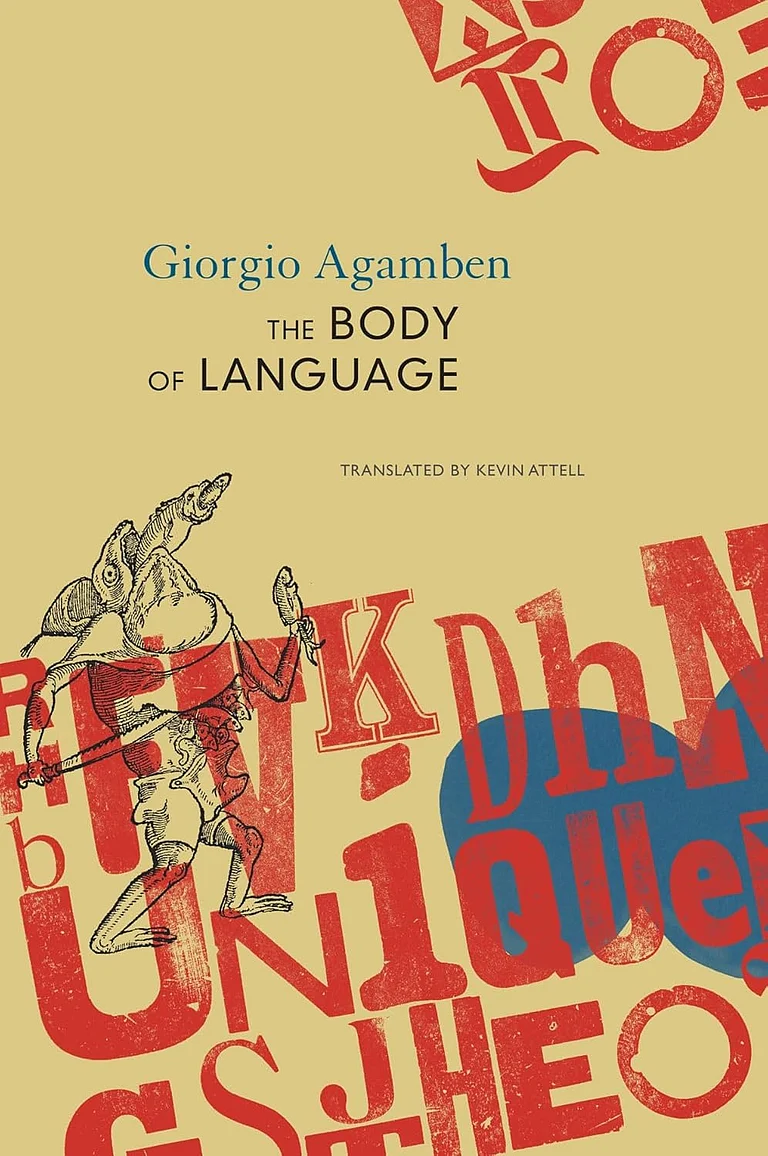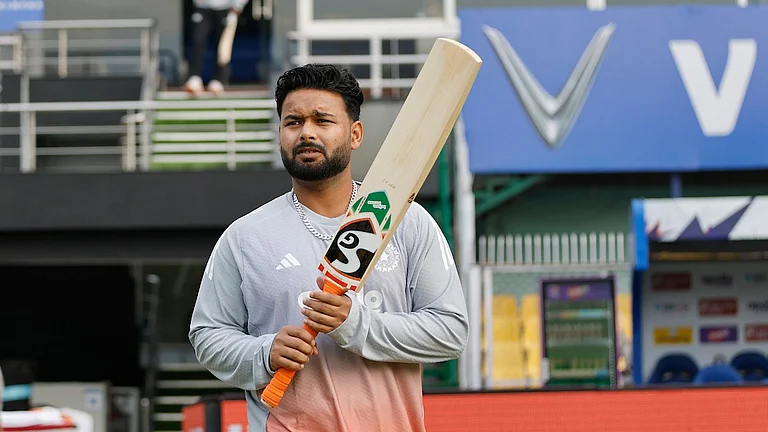Who is a king who does not make sacrifices to protect his land and his people?” asks the 44-year-old man in dark sunglasses and white kurta-pajama, addressing a gathering of a few thousand people, mostly from tribal communities. “Your Bubagra will not be sold,” he says. The audience bursts into thunderous applause.
Bubagra means king in Kokborok, Tripura’s largest-spoken indigenous language. The speaker is Tripura royal family scion Pradyot Bikram Kishore Manikya Deb Barma, better known simply as Pradyot Manikya. He now heads the Tipraha Indigenous Progressive Regional Alliance (TIPRA) Motha, the two-year-old tribal-centred political outfit that has threatened to change the state’s political equations.
The venue was decked with party flags containing his face, large cutouts of him, supporters wore masks with his face and campaign materials said ‘Bubagra Bebakni Bagwi’, or ‘Bubagra for all’. A former state Congress president, Manikya launched the Motha in December 2019 and has been working on consolidating the tribal population behind the Greater Tipraland demand since then.
“Today, CPM leaders don’t dare get out of their homes. Congress people get thrashed. But they (the Bharatiya Janata Party (BJP) do not dare to touch us,” he continued, “When I went to Delhi to discuss an alliance (with the BJP), there was a great deal of pressure on me to agree to their propositions. But I didn’t budge. No alliance without written commitment. Your Bubagra cannot be broken under pressure. And you cannot be intimidated.”
The venue was Bishramganj, within Bishalgarh assembly constituency, where the Motha has fielded a Bengali Muslim candidate, Shah Alam. Candidates like Alam came into the scene with TIPRA Motha’s plan to shed their tribal-only identity and expand in Bengali-dominated areas. For a party that once raised the slogan ‘Puila Jati, Ulo party’ (‘Community first, Party later’), this was a significant move, even though the demand for Great Tipraland remains at the core of their agenda.
There were some truths in Manikya’s claim that the Motha has been a tougher opponent for the BJP than the Left and the Congress, at least in areas with a sizeable tribal population.
For a stretch of about 10 km from Math Chowmuhani in Agartala to Madhab Bari Chowmohani, in Khayerpur assembly constituency, there was not a single flag or other campaign material visible on the sides of the road, except for the overwhelming presence of the state’s ruling party, the BJP. Then, the road takes a right turn, slightly uphill, with a concrete gate welcoming people to the tribal autonomous district council area, and the scene changes. For miles thereafter, in Takarjala assembly constituency and parts of Mandaibazar constituency, there was no flag or campaign material of any other party, except for that of the Motha.
There are reasons for the BJP to panic. Their 2018 success in toppling the Left Front government was largely due to the sweep in the tribal-reserved seats, with the BJP and its ally, the Indigenous People’s Front of Tripura (IPFT), winning 18 of the 20 seats. This helped the alliance bag 44 of the state’s 60 assembly seats, while the Left won only 16 and the Congress drew a blank.
Just three years later, the newborn TIPRA Motha won two-thirds of the seats in the tribal autonomous district council elections. Subsequent to this victory, the IPFT lost most of its influence – three of its eight MLAs joined the Motha, while the switchover happened on a larger scale among workers at the grassroots level. IPFT flags are now rarely seen in what was their stronghold just five years ago.
“TIPRA Motha’s rise has made the election unpredictable and there is a possibility that the BJP may not be able to get the required numbers,” said Agartala-based senior journalist, Shekhar Dutta.
Complicated Equations
This was unimaginable even two years ago, as the BJP steamrolled over the opposition parties, the CPI(M) and the Congress, since coming to power in 2018. CPI(M) and Congress offices were vandalised and captured, workers thrashed and intimidated, a Lenin statue brought down in full public view and as many as 3,386 Left and Congress members of the three-tier panchayat system were forced to resign, necessitating bypolls, in which the BJP grabbed 96 per cent of the seats uncontested and won 90 per cent of the remaining 130 seats where elections finally happened.
In the panchayat general election in 2019, the BJP won 93 per cent of 6,111 seats uncontested. Even the 2021 civic elections were not any better for opposition parties.
“The BJP had nearly turned Tripura into an opposition-free state when the rise of TIPRA Motha shattered the myth of the BJP’s invincibility and things have not gone well for the BJP since then,” said an Agartala-based retired schoolteacher, who did not want to be identified, citing ‘an atmosphere of terror’.
However, it’s not the Motha’s rise that alone threatens the BJP’s rule. The BJP itself has not been a house in order since coming to power. There have been internal conflicts and administrative mismanagement, which led to disaffection among the people. Sensing growing anti-incumbency, the party, in April 2022, replaced chief minister Biplab Deb with a new face, Manik Saha, who had not contested any election till then.
Even that did not prove enough. As many as four BJP MLAs resigned in 2022 – Sudip Roy Barman, Ashis Kumar Saha, Dibachandra Hrangkhawal and Burbo Mohan Tripura. Of them, Burbo Mohan Tripura joined the TIPRA Motha, while the rest joined the Congress and Roy Barman even won a byelection on a Congress ticket. These have overall brought the Congress to life, even if only to a certain extent. Finally, the Left-Congress seat-sharing arrangement has complicated the matters all the more for the ruling party. The Left are contesting 46 seats, the Congress 13 and, in one seat, they have backed a human rights activist contesting as an Independent.
According to Salim Shah, Associate Professor of Economics at the Tripura University, there is a “palpable wind of change” due to the BJP’s own failures.
“The BJP created high hopes with their 2018 Vision Document that made massive promises. But they failed to deliver on most of them and, in some cases, the situation actually turned worse. There has been significant public resentment at the breakdown of the law and order situation as well. Actually, since coming to power, the BJP got so busy in dealing with the internal conflict that there was mismanagement and neglect in actual governance,” Shah tells Outlook. However, to what extent the opposition parties can benefit from this anti-incumbency also depends on how much they manage to reach out to the voters and encourage them to come out to vote. Even when the elections were only two weeks away, several hundred party offices of the CPI(M) and the Congress remained closed and there were areas where only very dedicated Left and Congress workers took part in campaigns. A section of Left workers inactive after 2018, have remained so, weakening the party. Take Mohanpur for example. Incumbent education minister, Ratan Lal Nath, won this seat six times on the trot–five times on a Congress ticket and on a BJP ticket in 2018. Now, he hopes to break all previous records of his winning margins. Here, the CPI(M) had to close down its office and rent out the building as shops after the BJP captured the Congress office and turned it into a BJP office. Currently, only the BJP and Sangh Parivar organisations, like the Bharatiya Mazdoor Sangh (BMS) have their offices in Mohanpur. Flags of opposition parties are rarely visible.
“How would you find opposition flags or offices if the overwhelming majority of the people have turned into active BJP karyakartas?” asked Nath, adding, “Because of our good work and achievements, the people have deserted and discarded the opposition parties.”
The CPI(M) leadership, of course, are aware of these issues. Manik Sarkar, the tallest Left leader who served as chief minister between 1998 and 2018, is no longer contesting. The CPI(M)’s new Tripura face is the state secretary, Jitendra Chowdhury, who is from the tribal community. Faces have been changed at many levels.
While addressing a gathering at Barjala in support of the Congress-backed CPI(M) candidate, Sarkar tried to exhort people to set their fear aside and come out to vote. “Many of you are still afraid to join our rallies. Many of you fear you could be attacked if you come out to vote. But let me tell you, this is an opportunity that you have got to bring an end to this nightmare. Pluck up your courage,” Sarkar said. Besides, the Left-Congress alliance has not reached the grassroots at every place. There were constituencies where the joint campaign took shape and there are places where a section of Congress workers remain aggrieved that they are being asked to vote for the Left – whom they fought for 25 years between 1993 and 2008.
“I can’t vote for the CPI(M). All our battles against the Left for 25 years, all our sacrifices, hold no meaning now?” said Banamali Deb, a Congress worker at Barjala, where the party is backing the CPI(M) candidate, Sudip Sarkar.
Several voters who identified themselves as Congress supporters in Majlishpur assembly constituency hinted that they would vote for the TIPRA Motha candidate instead of the CPI(M).
The Trinamool Congress, which is in the fray with 28 candidates, also hopes to benefit from disgruntled Congress workers, though their hopes looked unlikely to come true.
Nevertheless, the alliance has visibly caused the BJP some discomfort and the top BJP leadership, including Union home minister, Amit Shah, and party president, Jagat Prakash Nadda, have vehemently criticised it as ‘unholy’ and ‘opportunist’. BJP leaders are routinely urging traditional Congress voters to defy the party diktat of voting for the Left candidates and vote for the BJP instead.
The BJP is going all out, as they do in all states. Apart from a list of union ministers and chief ministers from other BJP-ruled states addressing multiple rallies, the party has handpicked 60 leaders, including MLAs and MPs, from Assam and West Bengal, to camp in every Assembly constituency as ‘vistarak’ or temporary wholetimers from a month ahead of the polling.
However, as the Motha has fielded candidates in 42 of the state’s 60 seats – going beyond the stronghold of ADC areas – equations have become further complicated.
“There will be a three-corner contest between the BJP, the Left-Congress and the Motha in more than half of the seats and it’s difficult to predict where the Motha will eat into whose votes,” said a trader at Khayerpur assembly constituency.
This is where TIPRA Motha thinks they will have the key to government formation. “All I know is that no government can be formed without our support and we will support only those who commit to our demand for Great Tipraland in writing,” Manikya tells Outlook.
(This appeared in the print edition as "The BJP’s MOTHA CHALLENGE")


























